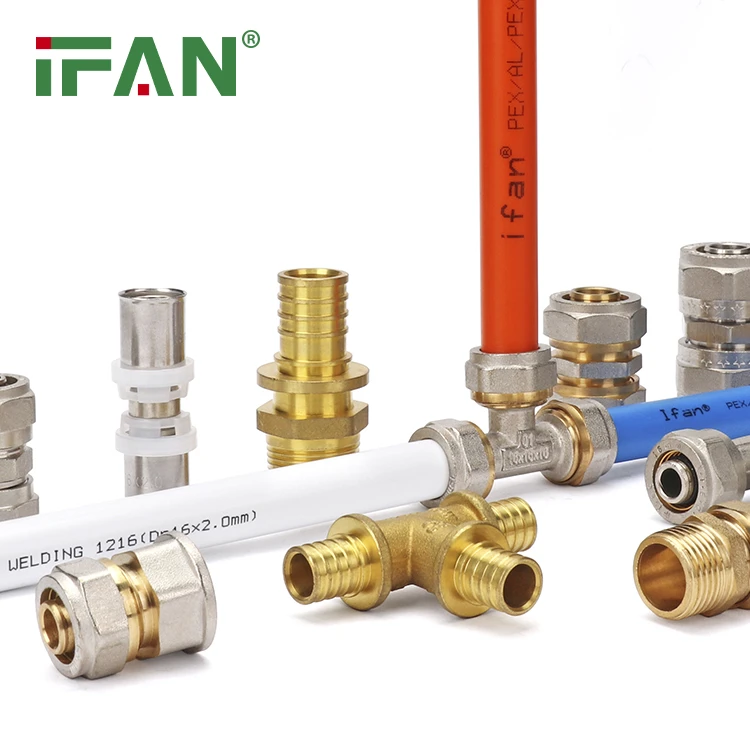
Having navigated California’s complex plumbing regulations for over a decade, I’ve witnessed the evolving status of PEX in the state. The situation is often misunderstood – while California has historically maintained stricter regulations than many states, PEX is not universally banned but faces specific restrictions and approval requirements that vary by jurisdiction and application.
California does not have a statewide ban on PEX piping, but maintains a unique approval process through the California Energy Commission (CEC) that has limited which PEX products can be used. The state’s stricter environmental standards, concerns about potential chemical leaching into drinking water, and fire safety requirements have created a more rigorous approval process that not all PEX manufacturers have successfully navigated.
Understanding California’s specific regulatory landscape helps clarify why PEX availability has been limited compared to other states, and what options remain for plumbing professionals and homeowners.
What specific regulations restrict PEX use in California plumbing systems?
California’s plumbing regulations operate through a multi-layered system that has created challenges for PEX approval despite its acceptance in most other states.
California restricts PEX through the California Plumbing Code’s material approval process, the California Energy Commission’s efficiency standards, and various environmental regulations including Proposition 65. These overlapping requirements create a rigorous approval process that has limited which PEX products can be legally installed in the state.
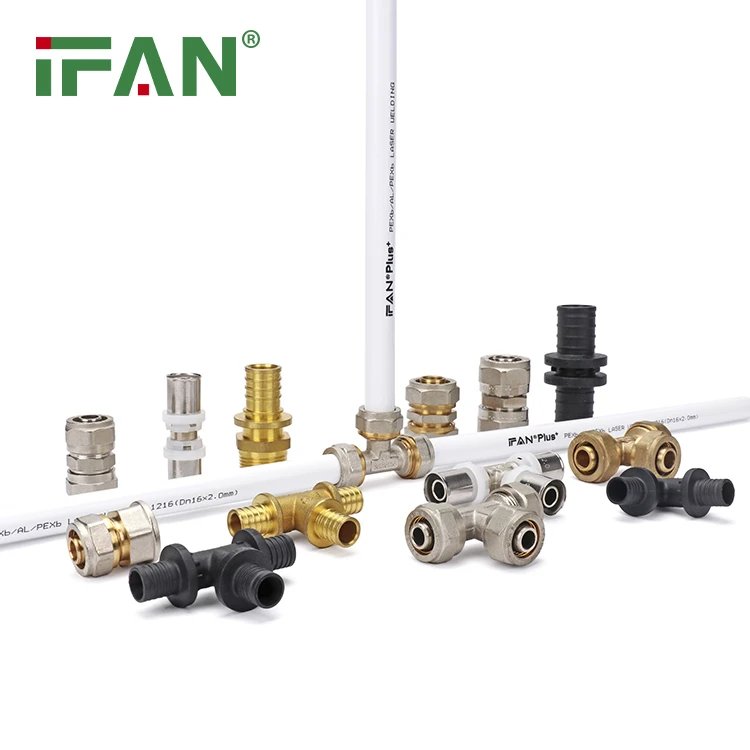
California’s regulatory approach to plumbing materials differs significantly from other states, creating both challenges and opportunities for PEX manufacturers and installers.
California Energy Commission Requirements
The CEC maintains authority over plumbing materials through its appliance efficiency regulations. PEX products must demonstrate compliance with:
- Thermal performance standards for hot water distribution systems
- Water efficiency requirements aligning with California’s conservation goals
- Material durability standards ensuring long-term performance
- Installation compatibility with California’s seismic and fire safety codes
This approval process requires manufacturers to submit extensive testing data and product samples for evaluation. The cost and time required for this process has discouraged some manufacturers from pursuing California approval, particularly for specialized product lines with limited market potential in the state.
Plumbing Code and Local Amendments
The California Plumbing Code (CPC), based on the Uniform Plumbing Code with California-specific amendments, includes additional requirements:
- Material listing requirements with approved testing agencies
- Installation method specifications for different building types
- Accessibility considerations for repair and replacement
- Compatibility requirements with local water conditions
Local jurisdictions may impose additional restrictions beyond state requirements. For example, some municipalities have temporarily banned PEX due to specific concerns about water quality or installation practices, creating a patchwork of regulations across the state.
Table: California Regulatory Bodies Governing PEX Use
| Agency/Regulation | Area of Authority | PEX Impact | Compliance Requirements |
|---|---|---|---|
| California Energy Commission | Material and efficiency standards | Must approve all PEX products | Thermal performance testing |
| California Plumbing Code | Installation standards | Defines approved uses | Specific installation methods |
| Local Jurisdictions | Additional restrictions | Can exceed state requirements | Varies by city/county |
| Proposition 65 | Chemical exposure warnings | Affects product labeling | Potential warning requirements |
Historical Regulatory Challenges
California’s cautious approach to PEX stems from several historical factors:
- Early PEX formulations had more significant taste and odor issues
- Initial installation failures in some early-adopting jurisdictions
- Environmental concerns about manufacturing byproducts
- Water quality studies showing variable performance in different water conditions
These factors created a legacy of skepticism that newer PEX formulations and improved installation practices have gradually overcome in many jurisdictions.
How do environmental concerns about PEX materials affect its approval status?
Environmental considerations, particularly water quality protection and chemical exposure concerns, significantly influence PEX regulations in California.
Environmental concerns affecting PEX approval include potential chemical leaching into drinking water, manufacturing environmental impacts, end-of-life disposal considerations, and California’s Proposition 65 requirements regarding chemical exposure warnings. These concerns have prompted more rigorous testing requirements and selective approval of PEX products with demonstrated safety profiles.
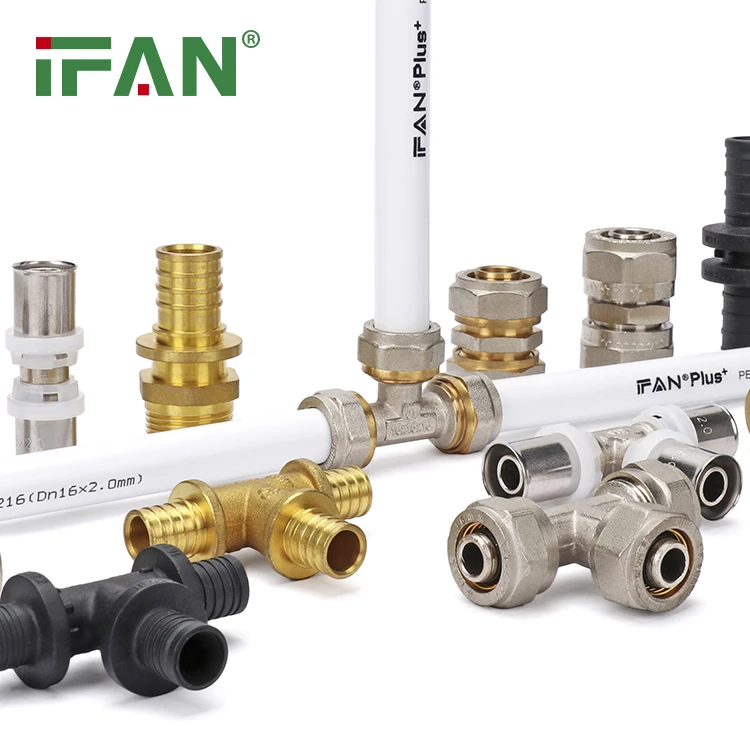
California’s stringent environmental protections, particularly regarding water quality and chemical exposure, have shaped the state’s approach to PEX regulation.
Drinking Water Quality Protection
California maintains particularly strict standards for materials contacting drinking water, with concerns focusing on:
- Potential chemical migration from PEX polymers and additives
- Effects of California’s varied water chemistry on leaching potential
- Long-term material degradation and byproduct formation
- Cumulative impacts of multiple plastic components in water systems
These concerns have led to requirements for more extensive leaching tests using California-specific water profiles and longer test durations than required by national standards. Products must demonstrate negligible migration of concerning chemicals under these accelerated aging conditions.
Proposition 65 Compliance Challenges
California’s Safe Drinking Water and Toxic Enforcement Act (Proposition 65) requires warnings for products containing chemicals known to cause cancer, birth defects, or other reproductive harm. This affects PEX because:
- Some PEX formulations may contain chemicals on the Proposition 65 list
- Manufacturing processes might create trace amounts of listed chemicals
- Installation practices could potentially generate concerning byproducts
- Warning requirements create marketing and liability challenges
Many PEX manufacturers have reformulated their products to eliminate Proposition 65-listed chemicals, but the compliance burden remains significant and has discouraged some companies from California market entry.
Table: Environmental Concerns and PEX Responses
| Environmental Concern | California Regulatory Response | PEX Industry Adaptation | Current Status |
|---|---|---|---|
| Chemical Leaching | Enhanced migration testing requirements | Improved polymer formulations | Mostly resolved with certified products |
| Manufacturing Impacts | Environmental review requirements | Cleaner production processes | Ongoing improvement |
| End-of-Life Disposal | Recycling and disposal considerations | Developing recycling programs | Limited progress |
| Proposition 65 Compliance | Warning requirement for listed chemicals | Reformulation to eliminate concerns | Significant progress made |
Lifecycle Environmental Considerations
California’s environmental regulations extend beyond initial installation to consider:
- Manufacturing energy and water use compared to alternative materials
- Transportation impacts given California’s distance from manufacturing centers
- Installation environmental effects including waste generation
- Service life energy efficiency for hot water applications
- End-of-life disposal or recycling options
These comprehensive environmental considerations differentiate California’s approval process from simpler health-effect focused approvals in other jurisdictions.
Which PEX types and brands meet California’s strict plumbing standards?
Several PEX types and specific brands have successfully navigated California’s approval process, though the list remains more limited than in other states.
Uponor PEX-A, Viega PEX-B, and certain Zurn PEX-C products have obtained California approval, along with specific fitting systems from these manufacturers. These approved products have demonstrated compliance with California’s enhanced testing requirements and environmental standards through rigorous certification processes.
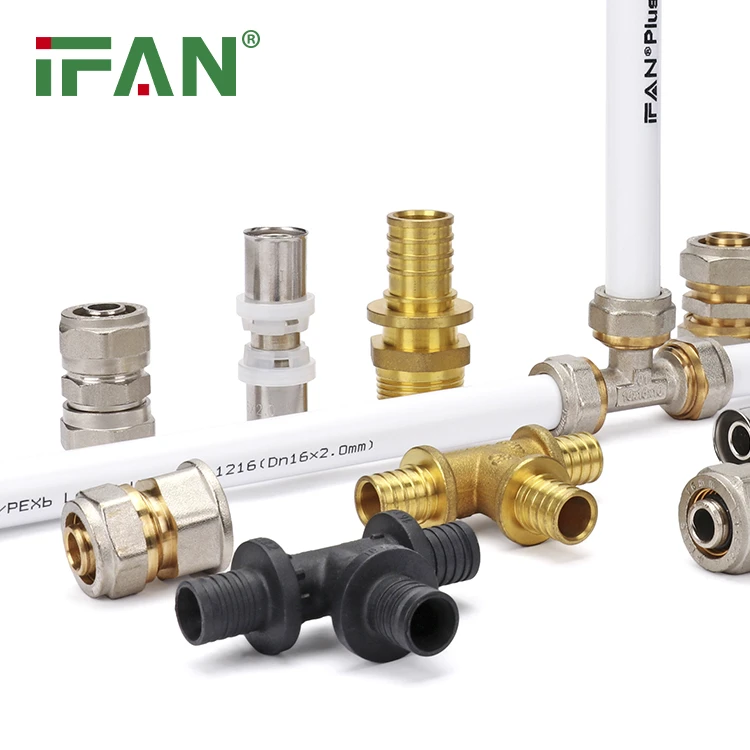
The PEX products that have gained California approval typically represent manufacturers with significant resources to navigate the complex approval process and commitment to the California market.
Approved PEX Types and Applications
The PEX types that have achieved California approval include:
- PEX-A (Uponor) with expansion connection systems
- PEX-B (Viega, etc.) with crimp connection systems
- PEX-C (limited approvals) with specific applications
Each approved product carries specific limitations regarding:
- Approved applications (residential, commercial, etc.)
- Temperature and pressure ratings
- Installation environments (exposed, concealed, etc.)
- Compatible fitting systems
- Water service types (hot, cold, etc.)
Installers must verify that not only the PEX pipe but also the specific fitting system has California approval for the intended application.
Manufacturer-Specific Approvals
Major manufacturers with California-approved products include:
- Uponor with their PEX-A expansion systems
- Viega with various PEX-B crimp and press systems
- Zurn with specific PEX-C applications
- Certain smaller manufacturers with specialized products
These manufacturers have invested significant resources in:
- California-specific testing beyond national certifications
- Environmental impact documentation
- Technical support infrastructure within California
- Installation training programs for California plumbers
Table: Approved PEX Systems in California
| Manufacturer | PEX Type | Connection System | Approved Applications |
|---|---|---|---|
| Uponor | PEX-A | Expansion | Residential, commercial water |
| Viega | PEX-B | Crimp, Press | Residential, commercial water |
| Zurn | PEX-C | Specific fittings | Limited applications |
| Various | PEX-AL-PEX | Specialized | Specific engineered systems |
Certification and Marking Requirements
Approved PEX products in California must display:
- California Energy Commission approval markings
- NSF/ANSI 61 certification for drinking water safety
- Third-party quality certifications (UL, IAPMO, etc.)
- Manufacturer identification and tracking information
- Installation limitations and requirements
This comprehensive marking allows inspectors and installers to quickly verify that products comply with California’s specific requirements. The approval process typically includes ongoing surveillance testing to ensure continued compliance.
Are there any exceptions allowing PEX use in certain California applications?
Despite the restrictive regulatory environment, PEX maintains approved applications in California and may be permitted in specific circumstances.
PEX exceptions in California include approved products for residential water distribution, radiant heating systems, specific commercial applications, and emergency repairs. Additionally, some jurisdictions exercise local discretion to permit PEX uses beyond state minimums, particularly for specialized applications where PEX offers unique advantages.
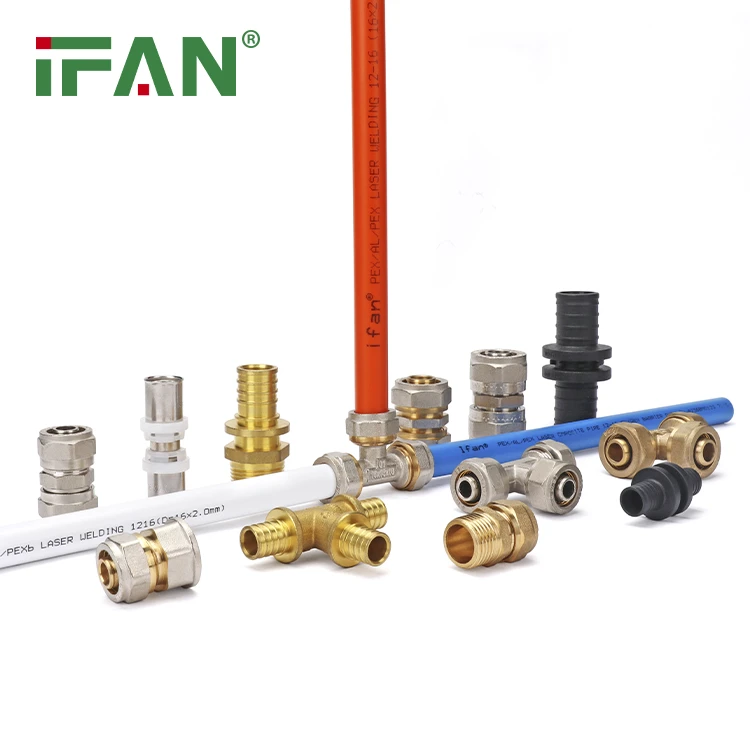
Understanding where and how PEX can be legally used in California requires knowledge of both state-level approvals and local jurisdictional discretion.
Fully Approved Applications
PEX has gained full approval for several specific applications:
- Single-family residential water distribution systems
- Multi-family residential with certain limitations
- Radiant floor heating and snow melt systems
- Mobile home and RV water systems
- Specific commercial applications with engineering approval
In these approved applications, installers must use:
- CEC-approved PEX products from the approved materials list
- Approved connection methods specified for the application
- Proper installation techniques meeting California requirements
- Appropriate support and protection methods
These approved applications represent the core PEX market in California and continue to expand as more products gain approval.
Local Jurisdictional Discretion
California’s system allows local amendments to state codes, creating exceptions including:
- Local material approvals beyond state minimums
- Pilot programs for new products or applications
- Variances for specific projects with unique requirements
- Temporary approvals for emergency situations
This local discretion means PEX availability can vary significantly between jurisdictions. Some progressive jurisdictions have embraced PEX more broadly, while others maintain additional restrictions beyond state requirements.
Table: PEX Application Status in California
| Application Type | General Status | Common Limitations | Jurisdictional Variations |
|---|---|---|---|
| Single-Family Residential | Generally approved | Must use approved products | Minimal variation |
| Multi-Family Residential | Limited approval | Often requires additional protection | Significant variation |
| Commercial Buildings | Limited approval | Engineering approval often required | Major variation |
| Radiant Heating | Generally approved | Must use oxygen-barrier PEX | Minimal variation |
| Fire Protection | Generally prohibited | Limited to specific listed systems | Minimal variation |
Special Case Exceptions
Several special circumstances can permit PEX use beyond standard approvals:
- Historical buildings where traditional materials are impractical
- Seismic retrofit applications where PEX flexibility provides advantages
- Water conservation projects where PEX installation efficiency supports program goals
- Emergency repairs when approved materials are unavailable
- Research installations studying new applications or products
These exceptions typically require specific documentation and approvals but demonstrate California’s pragmatic approach to balancing regulation with practical needs.
Conclusion
PEX is not universally banned in California but faces a more rigorous approval process than in most other states, resulting in limited product availability and specific usage restrictions. The state’s stringent environmental standards, particularly regarding water quality and chemical exposure, have created barriers that only some PEX manufacturers have successfully navigated. Currently, several PEX types and specific brands have gained approval for residential water distribution, radiant heating, and other applications, though with more limitations than in other markets. The regulatory landscape continues to evolve as new research addresses environmental concerns and manufacturers develop products meeting California’s unique requirements. For plumbing professionals and homeowners in California, understanding the specific approvals, local variations, and proper installation requirements for approved PEX products enables compliant utilization of this versatile material while respecting the state’s protective regulatory framework.

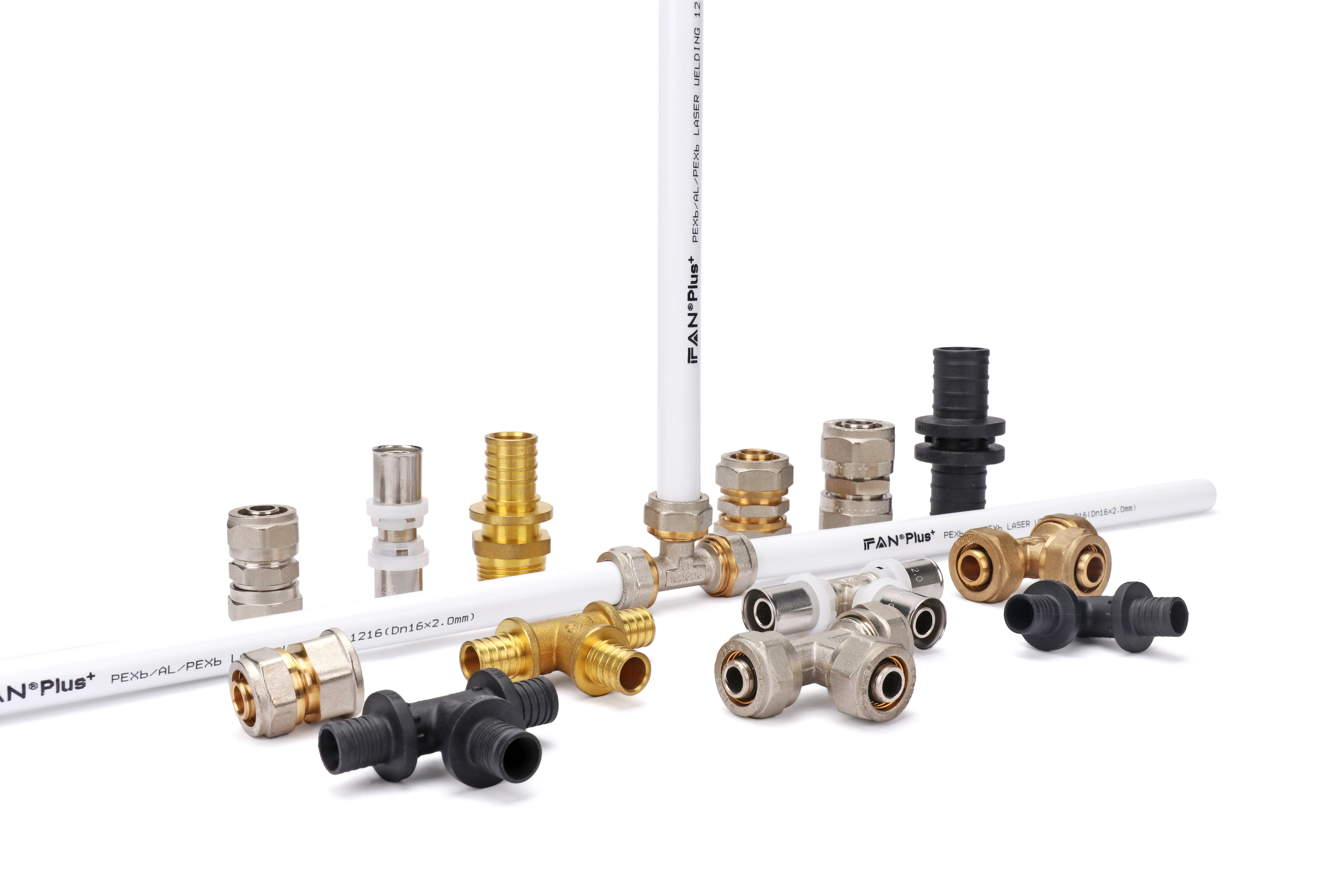












Commentaires récents